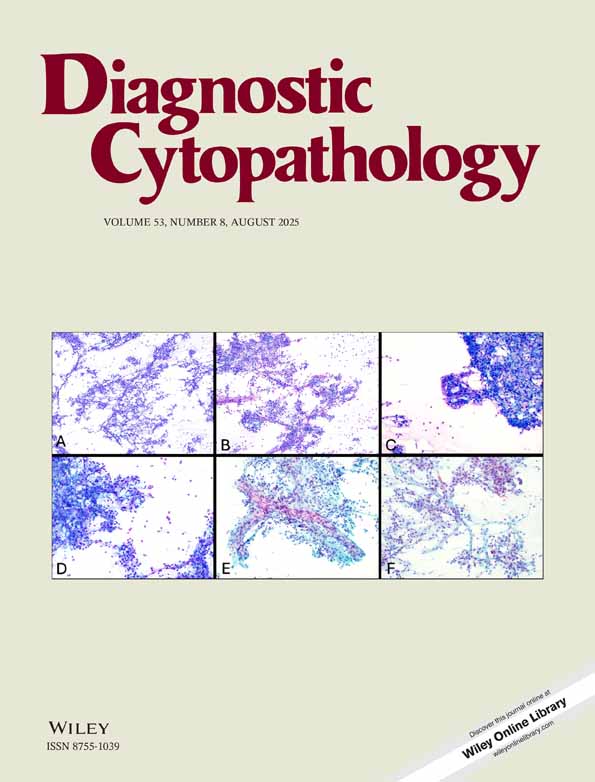Fine-needle aspiration of chromophobe renal-cell carcinoma metastatic to the thyroid gland
Abstract
Chromophobe renal cell carcinoma is an unusual variant of renal carcinoma that has less aggressive behavior than clear cell carcinomas. There are few documented cases of metastases, none of which occurred in the thyroid gland. A case is presented of chromophobe renal cell carcinoma metastatic to the thyroid eight years after right nephrectomy, suspected by FNA-biopsy and confirmed histologically. Although metastases of chromophobe renal cell carcinoma are rare, they may also present in thyroid, even many years after primary tumor diagnosis, just like clear cell carcinomas. Even though the FNA cytology of chromophobe renal cell carcinoma has distinctive features, in the context of the thyroid, it can be mistaken for a primary tumor of that organ. In our case, the history of a previous renal tumor was essential in suggesting a metastatic lesion, and histologic and ultrastructural features allowed its precise identification. Diagn. Cytopathol. 2001;24:193–194. © 2001 Wiley-Liss, Inc.




